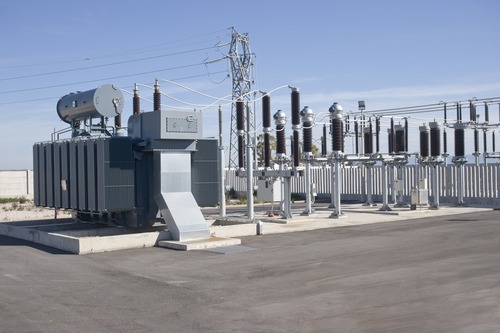Idaho National Lab licenses production of barrier system to protect substations

The Idaho National Laboratory has licensed the production of an Armored Transformer Barrier system it first developed to protect an electric power substation in Northern California.
INL’s Armored Transformer Barrier system has been licensed for production by Michigan-based Waltonen Engineering, a full-service design and engineering company. The armor package, made from military grade steel, creates a formidable barricade to protect high-value, critical substations from threats, including high-power rifles or vehicles laden with explosives. It also remains stable in Category 2 hurricanes.
The system was first designed following a 2013 sniper attack on an electric power substation in Northern California, which caused more than $15 million in damage and destroyed 17 transformers.
“From the beginning of this project, our goal was to design a simple and cost-effective solution to protect the power grid from physical threats and attacks,” lead designer Henry Chu said. “After years of effort, we’ve thoroughly validated and documented this technology’s effectiveness, and we’re excited to see it manufactured and put to use.”
Each barrier system consists of four components — an A-shaped frame, two armor cassettes that slide into the frame, and an optional top-hat armor extension. A separate corner piece locks in to provide 360-degree protection. Each package can be transported unassembled to a substation site on a commercial truck and reassembled on-site.
“We are proud to support INL in the effort of protecting our nation’s infrastructure,” Lloyd Brown, president and CEO of Waltonen Engineering, said. “As a small business providing design and fabrication, we understand the need for and importance of a reliable power grid. The Armored Transformer Barrier does just that by protecting the often-overlooked physical assets.”
While rare, organizations including the Department of Homeland Security, Congressional Research Service, and the National Academies of Science have warned of the effects of a long-term power outage caused by a physical attack on key parts of the grid.
